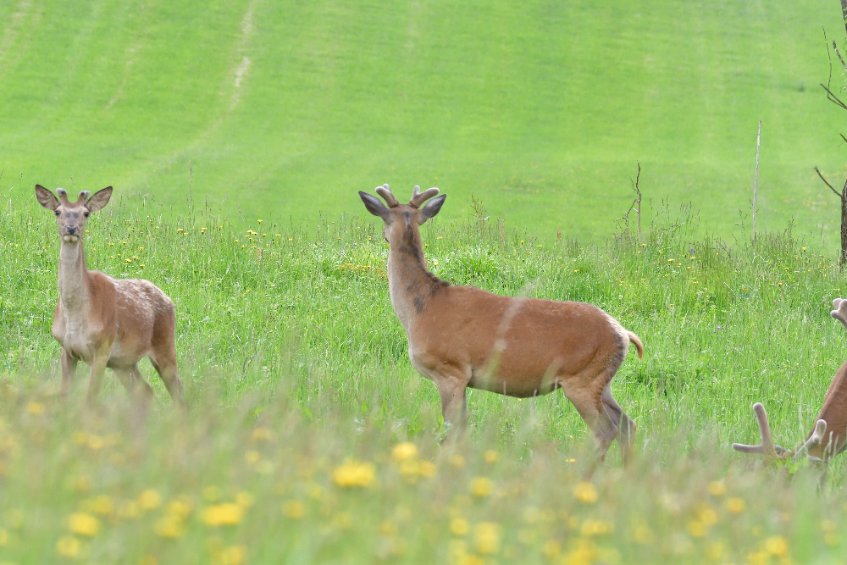
Scottish farmers and land managers will be given more powers to help control rapidly growing deer population after updated rules were introduced to parliament.
The changes to existing laws will make it easier to reduce unsustainable deer numbers in order to prevent their impact on land due to trampling and overgrazing.
The refreshed regulations will allow authorised farmers and land managers to cull male deer across a longer period of the year.
They will also be allowed to use specialist scopes known as ‘night sights’ to cull deer at night and use ammunition which is less damaging to venison products.
Deer are an iconic species that is synonymous with rural Scotland, but their numbers have reached densities that can have a devastating impact.
Figures show that deer numbers in Scotland have doubled from 500,000 in 1990, to more than a million currently.
Biodiversity Minister Lorna Slater said: “Changes recommended by the Deer Working Group will allow deer to be managed in a way that is both beneficial to our environment and the rural economies that rely upon deer.
“The changes to rules on ammunition will also boost Scotland’s venison sector - lead is toxic to humans and its presence can spoil venison products.
"That’s why we are now allowing land managers to use different types of ammunition. This will make more venison available to both foreign and domestic markets.
Peter Clark, Scotland director of British Association for Shooting and Conservation (BASC), said the group supports the decision to amend the minimum bullet weight as it will make non-lead ammunition more accessible.
“Many stalkers are already required to use lead-free ammunition, be it through lease conditions or AGHE requirement," he noted.
"This would ensure that stalkers in these situations can continue to manage deer populations and supply venison into the food chain.”
